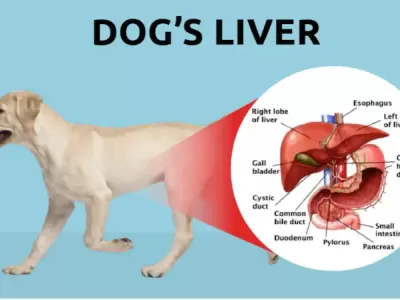Anatomy of the Stifle

We regularly discuss the benefits of joint support in our animals. This may be through high quality diets, surgical intervention, or medicinal support. The dog stifle joint is not unlike the humans. We rely on this joint for ease of mobility and when in pain we seek advice. This is the same way our dogs require treatment and support.
Here is a simplified explanation of the role each piece of the anatomy contributes to the stifle:
Femur: The bone between the hip and the knee joint
Patella: Known as the kneecap, lies in a groove at the end of the femur. It is shaped like an almond to assist in the knee extension.
Cranial Cruciate Ligament: This is an important ligament inside the knee joint, it stabilises the stifle by preventing the shin bone (tibia) moving in front of the thigh bone (femur)
Collateral Ligament: The purpose is to ensure that flexion and extension is the predominant movement through the joint and that side-to-side movement is limited.
Caudal Cruciate Ligament: This keeps the thighbone from slipping backwards or sideways. The rupture of the cranial cruciate ligament is a common cause of hind leg lameness.
Meniscus: They perform a load-transmitting function by distributing 65% of the load delivered during weight bearing. By doing this, the meniscus relieves pressure on the cartilage of the femur & tibia.
Fibula: The fibula serves as an attachment site for muscles and ligaments of the stifle and tarsal joints
Tibia: This is the long, slender bone that is crucial for locomotive function and serves as a site for muscle attachment. It a common site for fractures.
So, when next in a consultation with your lame dog, hopefully this will give you a better understanding of the joint’s role.



